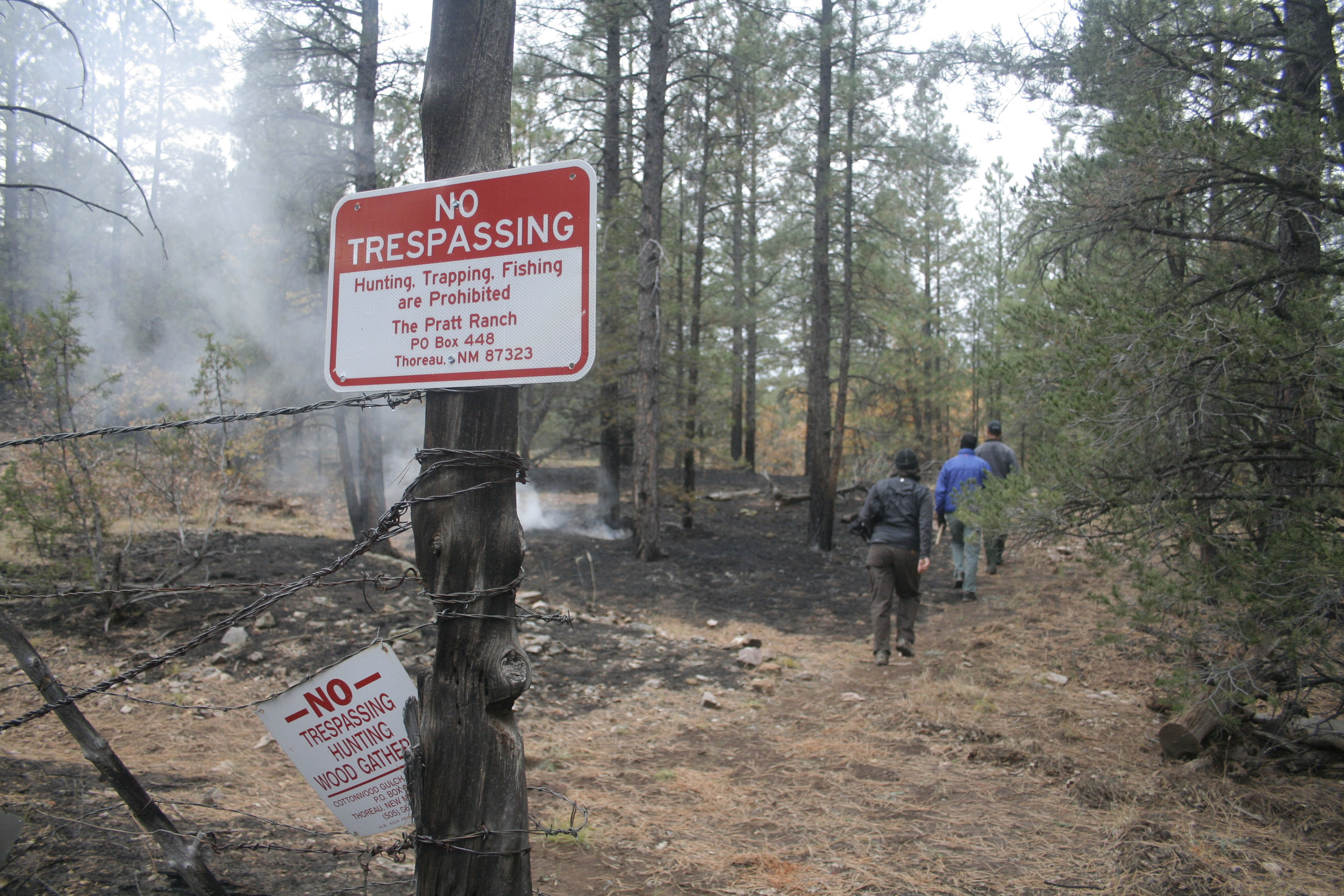Greetings FAC NM Members!
Since our official launch at the New Mexico Wildland Urban Fire Summit (WUFS) in April, FAC NM we've been working to update www.facnm.org with content and member profiles from folks that signed up at the summit. If you have yet to sign up to be a member please do so here. Be sure to indicate whether you are interested in becoming a FAC Leader. The rollout of the FAC Leader program is on track for this summer. To view our updated member profiles, check out the FAC NM Member directory here.
We've also added new content to the resources page, such as Resources for Private Forest Landowners in New Mexico guide. Based on feedback received at the WUFS, we've added a "current projects" where partners and FAC NM members can share or find projects and funding opportunities for reducing wildfire risk and improving forest resilience. One current project, Landowner engagement in critical watersheds, provides assistance to forest landowners by offering a home hazard assessment and/or forest resilience assessment for their property. If you are interested in having an assessment done, click on the link above and complete the landowner support form.
Registration is open for the asset-mapping workshop!
Join us June 26-28 in Santa Fe for the Mapping Community Assets to Build Wildfire Resilience workshop. If you are interested in participating, please complete the registration form available on the events page.
Thanks to everyone who has joined FAC NM as a member and for all the input we received in the lead up to and during the WUFS. Like fire adaptation, our work to improve the network will never be done. We will continue to develop partnerships to increase wildfire resilience and make the network work for it's members. Don't forget to join the FAC NM forum and post your ideas for how to improve the network!
From everyone at FAC NM, have a safe and fun summer!








